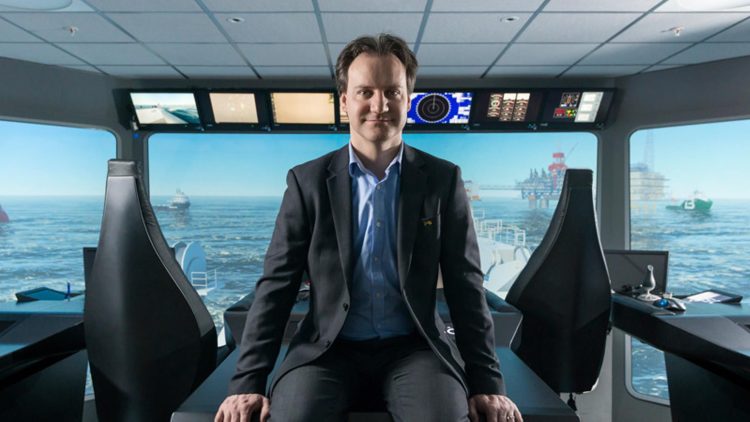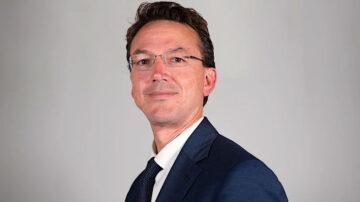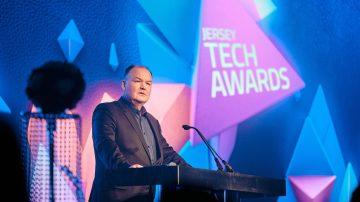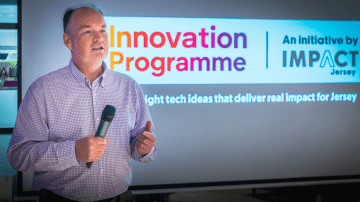The Augment City CEO talks to Channel Eye about digital twins, Big Brother, and the role of simulation technology in solving society’s biggest challenges.
“People think machines will take over the world, but it’s when you put computers together with humans that you get something incredibly powerful”.
Data breaches, workplace automation, the spread of disinformation and its threat to democracy – right now, it’s pretty easy to be cynical about technology’s impact on the world. But not if you’re Joel Mills.
For Joel, there are countless reasons to be optimistic. Tech can play a major role in helping to solve society’s biggest issues, he believes, and as the CEO of a company that uses simulation technology to do just that, his excitement about its potential is almost tangible.
“Machines are good at doing the really boring jobs we don’t want to do.”
“Humans and machines working together is more powerful than anything. Machines are good at doing the really boring jobs we don’t want to do, like sifting through spreadsheets with 2,000 inputs; they don’t have our skill sets. Humans, on the other hand, are really, really good at seeing the bigger picture”.
Helping humans see the bigger picture is what Joel does. His company, Augment City, uses pioneering simulation and visualisation technology to create digital twins and it has partnered with the United Nation to help cities across the world reach sustainable development goals. “It’s a big deal for us”, he says. And it is a big deal.
‘Humans are not designed to read data’
Digital twin technology uses artificial intelligence (AI), the Internet of Things (IoT), and augmented and virtual reality to create digital replicas of cities. These can be used to find solutions to major urbanisation problems like pollution and overcrowding, outdated infrastructure and climate change – and that’s just for starters.
“Our technology can be used to improve daily life for governments, industries and the public, by helping them to make better decisions. It goes back to one key idea, which is that people are sitting on so much data and data is built for machines”, he tells me when we catch up ahead of Jersey TechWeek.
“Humans are not designed to read data. We’re visual creatures and we’re used to a visual world. A digital twin is basically a bridge between computers and humans. It’s the interface between the two”.
Digital twins fully visualise roads, buildings and public spaces, and use real-time information feeds from sensors and other data sources. The smarter the city, in terms of technology, the more data available to flesh out the virtual copy.
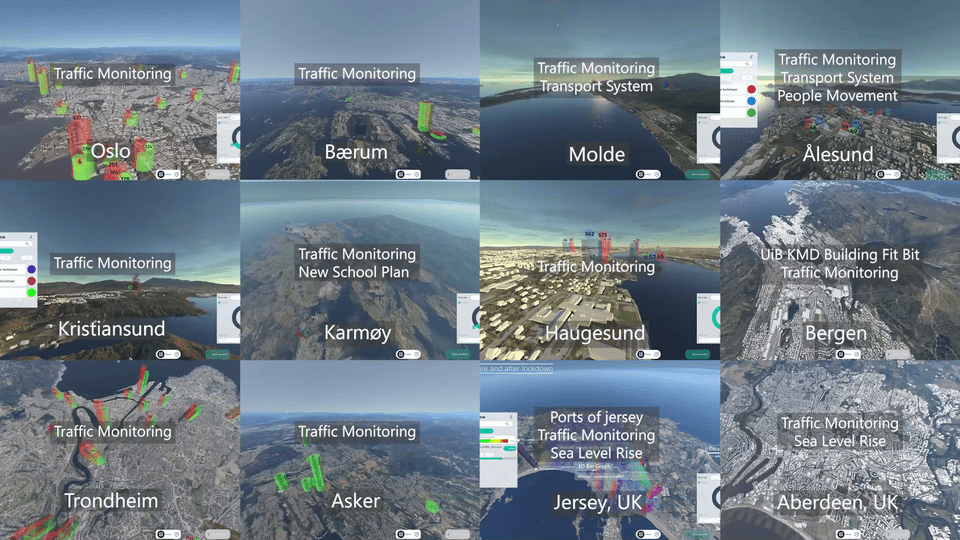
If city planners want to visualise the impact of a new construction before breaking ground, or emergency services want to find ways to improve response times, this tech can prove invaluable. Want to know the effect of a road closure on traffic at a specific time of day? Its easy; a digital twin can run the simulation and provide the answers in minutes.
For fans of a certain iconic urban planning computer game, like myself, it all sounds a little familiar. It’s a bit like Sim City, only without the giant monster attacks, I suggest, tentatively.
“It’s just like that”, beams Joel, not taking offence at my over-simplification. “But instead of Bowser, I guess we have the virus attacking cities”.
Ah, yes. The pandemic. We get to that later but not before Joel lists half-a-dozen examples of how the technology can and has been applied with incredible results, kicking off with Jersey.
Creating Jersey’s digital twin
Jersey is taking part in the UN’s United 4 Smart Sustainable Cities initiative, a global programme to encourage smart technologies that improve the quality of life and efficiency in urban environments.
As part of this, Augment City has been working with Digital Jersey and the Jersey Government to create a digital replica of the island. The project is sponsored by Jersey Telecom, Ports of Jersey, Jersey Development Company and Sure, and Joel will be discussing it in depth at the Smart Island session of Jersey TechWeek on 23 October.
“In the summer, Jersey has the Battle of Flowers. If you want to make a decision on how to set the roads up you can look at what was done last year, the effect on traffic, the movement of people, and run simulations to find a better solution.
“Everybody thinks solutions are based on one thing. Nothing is based on one thing. For example, people always think that traffic is caused by cars that are too big or there not being enough roads, but traffic is to do with why people move from A to B”.
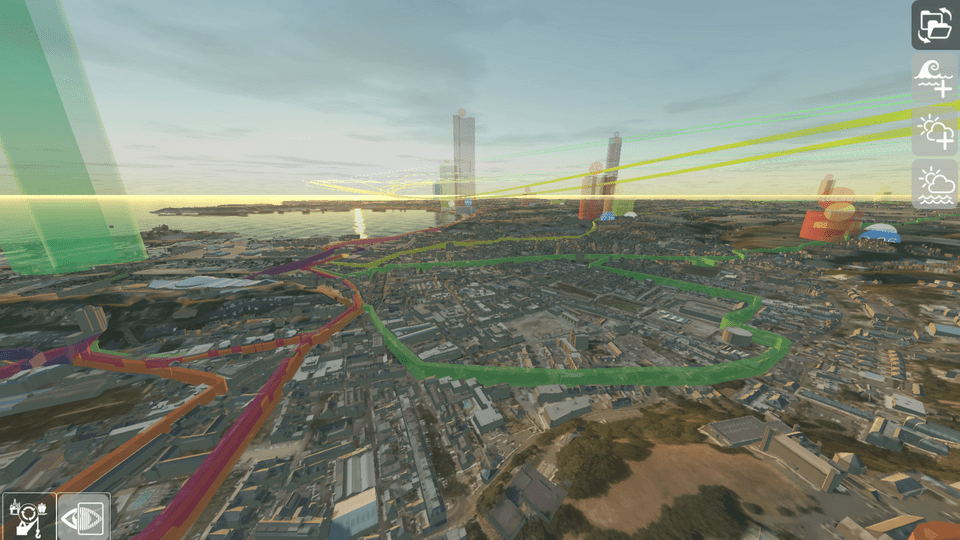
When governments and industry come up against problems, they usually turn to experts for help. Experts in a particular field will look to their respective area of expertise for a solution, says Joel.
“They’ll go off and write a lot of reports which nobody reads because the decision-makers don’t have time and the public can’t be bothered. But in all likelihood, they won’t have identified the best solution because they won’t have looked at the bigger picture. A digital twin brings together so much different data and joins it all up, which provides decision-makers with a clearer picture”.
Jersey’s small size and advanced smart infrastructure makes it ideal for digital twinning but it was by chance that Augment City got involved with the Channel Island at all. Joel, who is based in Norway, was visiting his wife’s family in the island when someone at a barbecue suggested he contact Digital Jersey. And he did.
Is that really something to be doing on holiday, I ask.
“I get itchy feet on holiday, as my wife can attest. So I ended up at a round table of key players who all said, ‘let’s do this’. The great thing about Jersey is it has good quality data and so much of it is not being used to its full potential”.
The ethical implications of digital twin tech
Digital twinning relies on an abundance of digital information, and among its many functions is the ability to track consumer behaviour and the movement of people.
For example, using Jersey’s digital twin, Joel could see that there was a 32% reduction in traffic in Jersey during lockdown. However, islanders were driving more in the evening, probably out of boredom. There was even a rise in visitors to La Corbiere Lighthouse in the early evening which, potentially, could cause problems for social distancing.
“If a policy-maker makes a choice, the public will be able to use the digital twin to see why, and if people can see a decision is based on fact, we might move away from this idea of fake news.
But this sounds a lot like surveillance. Isn’t there a risk this technology crosses a line in to Big Brother territory?
“That’s a really key point. But we look at large crowd patterns, not individuals; we’re not looking into people’s homes and we use anonymous data. We don’t want to be Google and we don’t want to own everybody’s data. In fact, Facebook and Google know 1,000 times more about you than we ever will or want to”, he says, suggesting that this technology could lead to greater transparency, if anything.
“We deliver software to governments but we really want this to be open to everybody. Different levels of visibility might need to apply – you can’t have police information available to the public, for example – but we want this to be a tool that everybody understands.
“If a policy-maker makes a choice, the public will be able to use the digital twin to see why, and if people can see a decision is based on fact, we might move away from this idea of fake news”.
The ambition behind smart cities is not mass surveillance, but to to improve quality of life and sustainability, he says.
“Digital twins can make that happen”.
Smart cities in a Covid world
Creating smart cities requires investment and with economies now under strain, due to the pandemic, will governments roll back on their commitment to smart infrastructure and technology? Does Joel worry that sustainability goals are now in jeopardy because of the cost of dealing with Covid-19, I ask.
No, he says. Quite the opposite. If anything, the pandemic has put into sharp focus the necessity of investing in technology.
“I think so many things have come into place that just wouldn’t have happened without the pandemic. Of course, it’s been a terrible, awful thing, but look at how it’s changed behaviour. It’s enabled remote working, people have realised they don’t need to rely on their cars so much, and we’re no longer flying around the world all the time just to attend meetings”, he tells me, sounding like the eternal optimist, once again.
“It’s very easy to look at all of the negatives and focus on the bad, but we’ve got to be able to focus on the positives and how technology is now being embraced because there’s been no other option.
“There are some good things to have come out of this pandemic and it’s important that we build on these and move forward”.
Joel Mills will be the guest speaker at JerseyTechWeek’s Smart Island session on 23 October. See here to find out more and register for the event.

